
Winter might be the season when your garden takes a little snooze, but that doesn’t mean it has to look like it’s in full-on hibernation. Imagine waking up to a frost-covered morning, stepping outside, and instead of seeing bare branches and a lifeless garden, you’re greeted by splashes of color and the sweet scent of blooming flowers. Winter-blooming shrubs can work wonders and make your garden the belle of the chilly ball.
In this article, we’ll introduce you to 10 flowering shrubs that will not only survive winter—they’ll thrive!
Why You Should Choose Winter-Blooming Shrubs?
Besides the fact that these shrubs are like the overachievers of the plant world (they bloom when everyone else is taking a break), they’re also a vital lifeline for local wildlife. Birds, bees, and other critters will thank you—well, they won’t say it out loud, but you’ll know. Plus, winter-blooming shrubs are usually low-maintenance, which means you can enjoy a stunning garden without having to brave the cold every other day.
10 Flowering Shrubs for a Vibrant Winter Garden
Let’s dive into our top picks for winter-blooming shrubs. These plants are like the superheroes of the garden—tough, good-looking, and ready to save the day when winter tries to dull the sparkle.
1. Camellia (Camellia japonica)
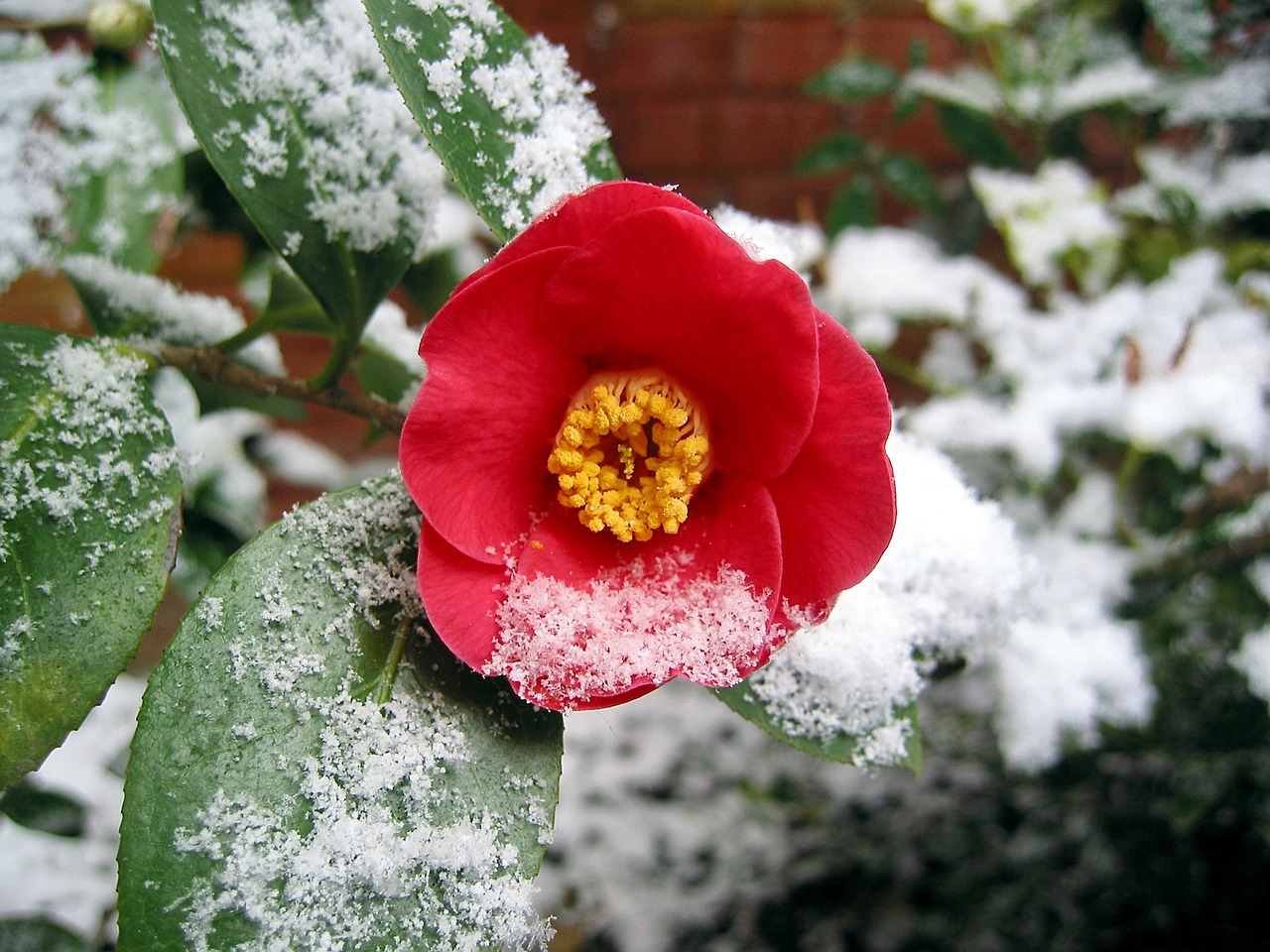
Meet the Camellia, also known as the diva of the winter garden. With large, dramatic flowers in pink, red, and white, this evergreen shrub blooms from late fall to early spring. While other plants are just trying to survive, Camellias are strutting their stuff like they’re on a botanical runway.
Growing Tips:
Find a sheltered spot with partial shade (because divas like protection).
Plant in well-drained, acidic soil.
Mulch to retain moisture and protect the roots from frost—this diva likes to stay warm.
2. Winter Jasmine (Jasminum nudiflorum)
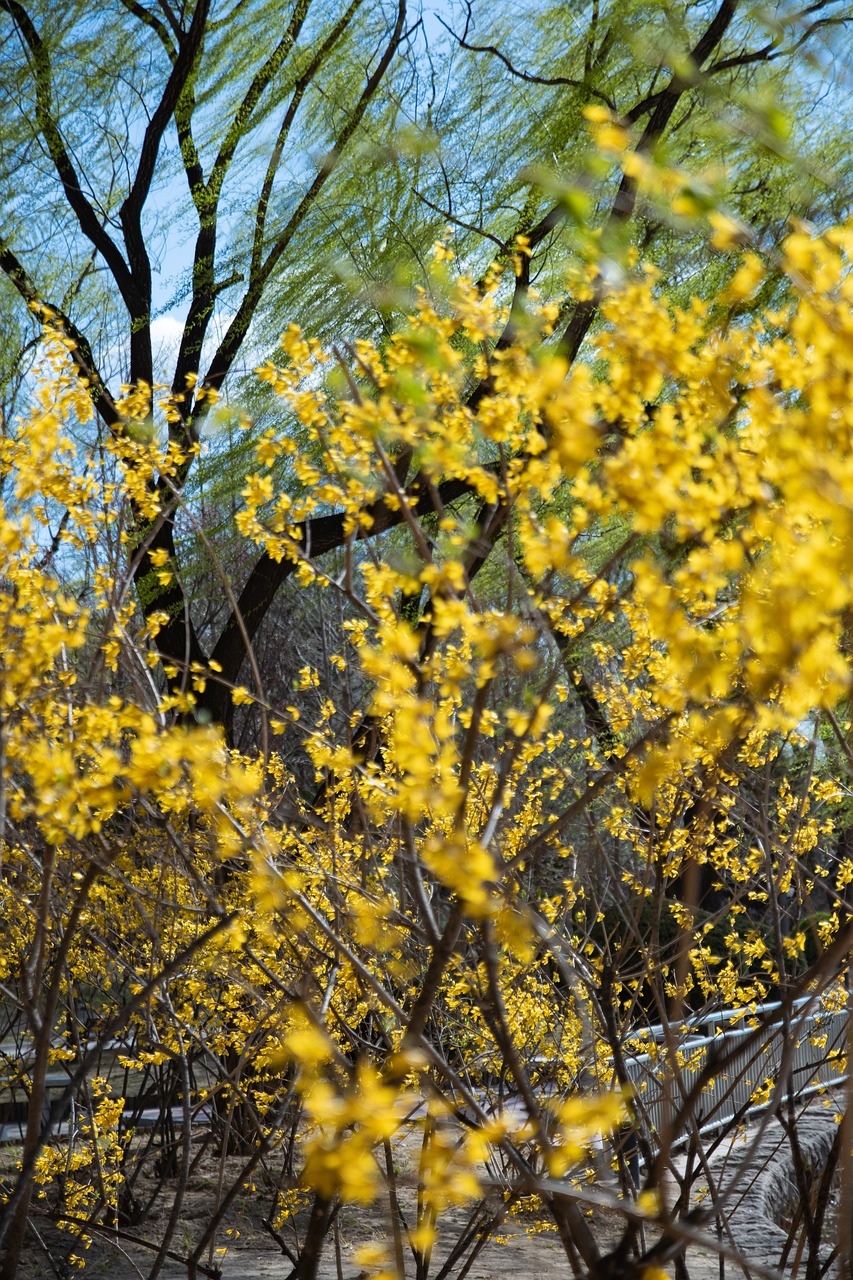
Winter Jasmine is like that friend who always brings a little sunshine to gloomy days. With bright yellow flowers from late winter to early spring, it’s the pop of color your garden didn’t know it needed.
Growing Tips:
Loves full sun but will tolerate a bit of shade (unlike your last houseplant).
Prune after flowering to keep it looking fresh.
Bonus: Train it to climb with support, and it’ll add a whole new dimension to your garden.
3. Witch Hazel (Hamamelis spp.)

Witch Hazel is like the garden’s quirky aunt—it blooms in the dead of winter with wild, spider-like flowers that come in yellow, orange, or red. Plus, it’s fragrant, so it doesn’t just look cool—it smells good too.
Growing Tips:
Prefers full sun to partial shade (she’s flexible like that).
Plant in moist, well-drained soil (keep her comfortable, and she’ll reward you).
Prune right after flowering to encourage new growth—she likes a fresh start.
4. Daphne (Daphne odora)
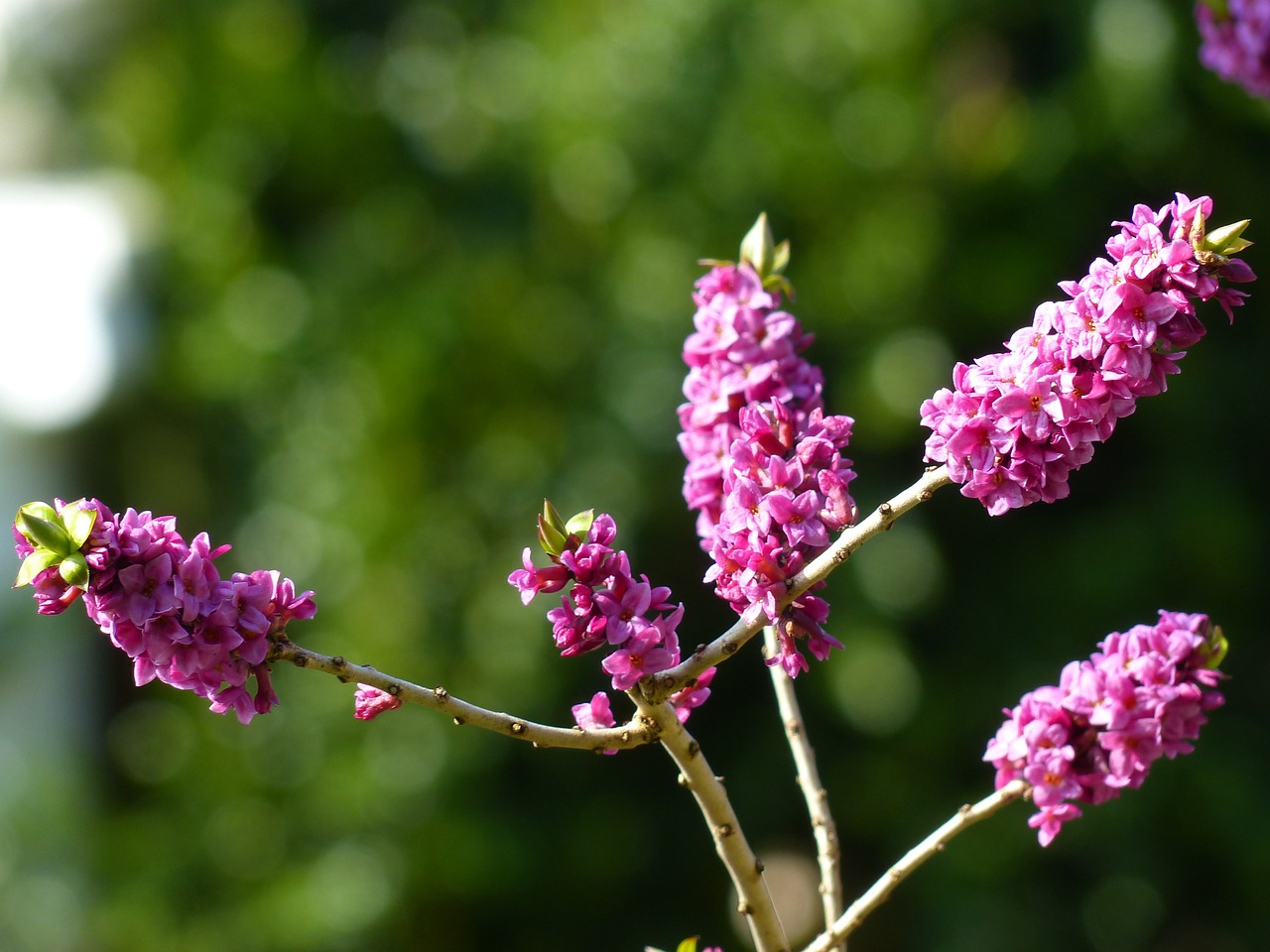
Daphne is small but mighty, with pink or white flowers that pack a powerful fragrance punch. It’s the perfect shrub for those who want a garden that smells as good as it looks, even in the dead of winter.
Growing Tips:
Plant in well-drained, slightly acidic soil (Daphne has standards).
Keep it in partial shade and away from harsh winds (Daphne doesn’t like drama).
Don’t overwater—her roots are a bit sensitive, so take it easy on the hydration.
5. Mahonia (Mahonia spp.)
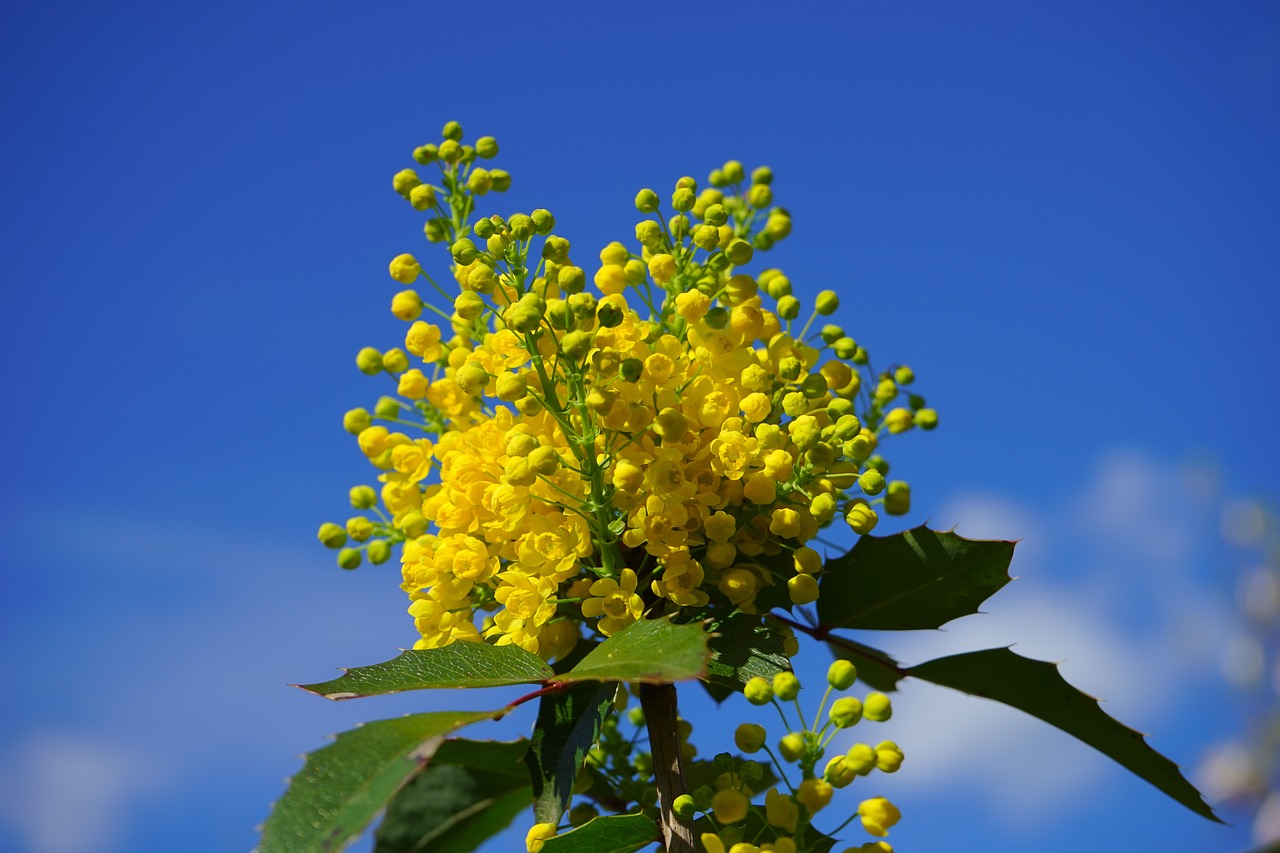
Mahonia is like the garden’s bodyguard—tough, spiky, and not afraid of a little cold. This evergreen shrub produces bright yellow flowers in late winter, followed by blue-black berries, which is kind of like a two-for-one deal.
Growing Tips:
Thrives in full sun to partial shade (it’s not picky, just strong).
Tolerates a range of soil types, including clay (seriously, it’s tough).
Prune lightly after flowering to keep it looking sharp—Mahonia likes to stay in shape.
6. Winter Honeysuckle (Lonicera fragrantissima)
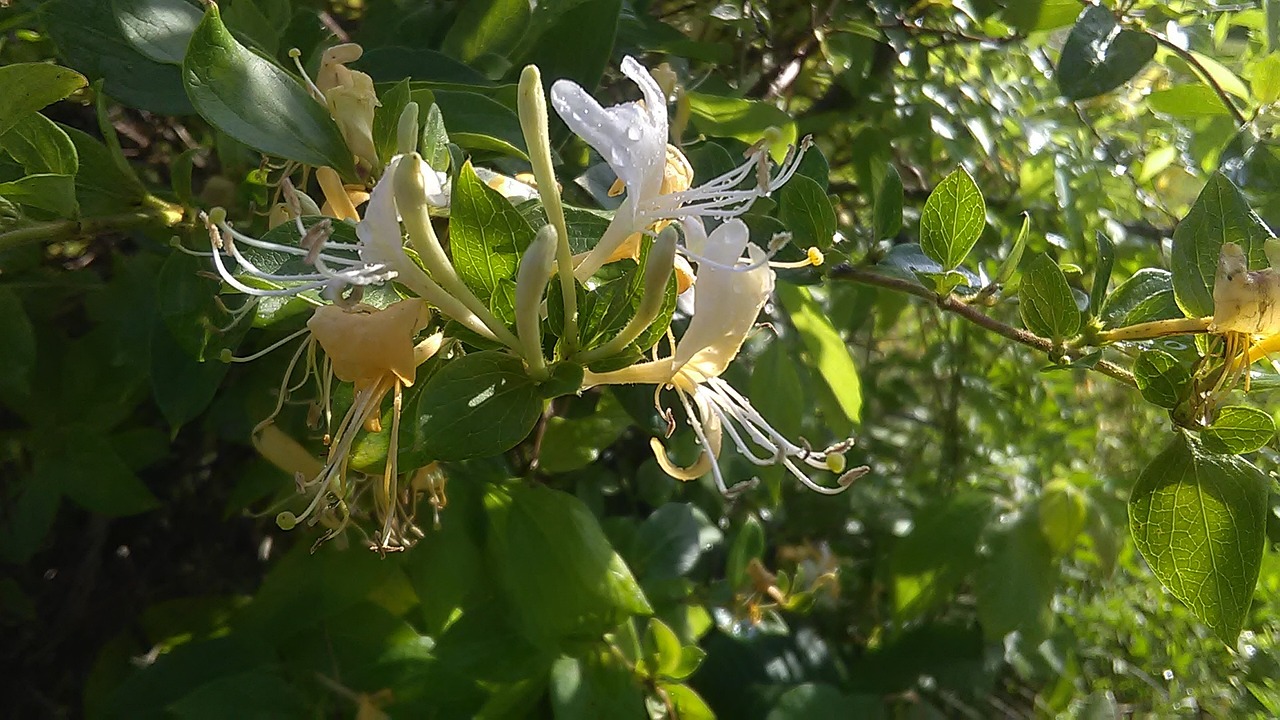
Winter Honeysuckle is the unsung hero of the garden—its creamy-white flowers may not be showstoppers, but their fragrance will stop you in your tracks. Plus, it blooms in late winter, so it’ll brighten even the dreariest days.
Growing Tips:
Plant in full sun for the best blooms (this one loves the spotlight).
Prefers well-drained soil (keep those roots happy).
Prune after flowering to encourage a bushier habit (more flowers, more fragrance).
7. Viburnum (Viburnum bodnantense)
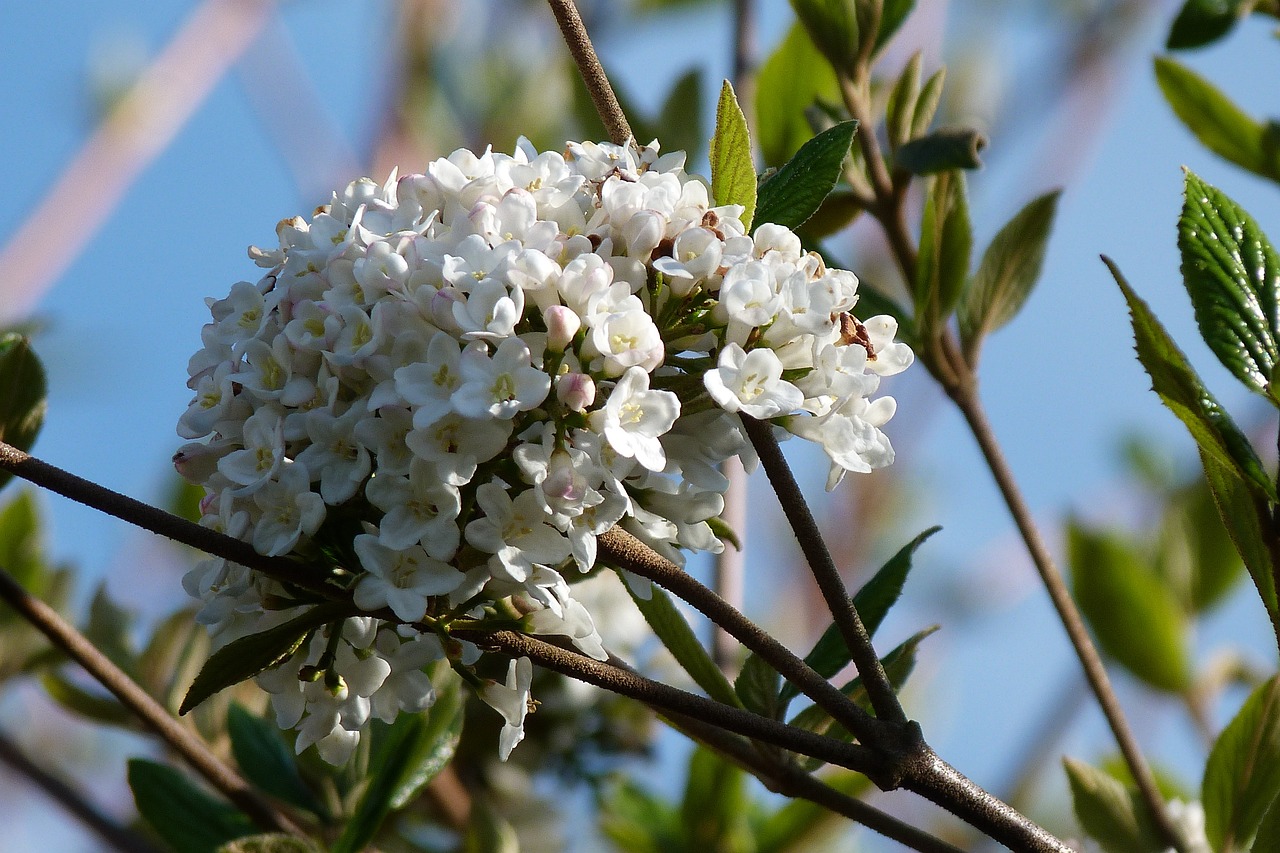
Viburnum is like the all-rounder of the garden world. With clusters of pink or white flowers that bloom in late winter, it’s a great choice for adding height, structure, and a pop of color to your garden.
Growing Tips:
Plant in full sun to partial shade (Viburnum’s pretty easy-going).
Prefers moist, well-drained soil.
Prune after flowering to maintain its shape and keep it looking fresh.
8. Hellebore (Helleborus spp.)
Hellebores, aka Christmas Roses, are like the rebels of the plant world. They bloom in late winter, often pushing through snow, and their nodding flowers come in a range of colors, from pure white to deep purple.
Growing Tips:
Loves partial to full shade (perfect for those shady spots in your garden).
Thrives in well-drained, humus-rich soil.
Mulch annually to keep the roots cozy and the soil fertile.
9. Edgeworthia (Edgeworthia chrysantha)
Edgeworthia, or Paperbush, is like the fancy guest at your garden party. Its yellow flowers bloom in late winter, and they come with a soft, velvety texture that you’ll want to touch—if plants had fans, Edgeworthia would have a whole club.
Growing Tips:
Plant in partial shade with well-drained soil (it likes a comfy home).
Protect from harsh winter winds (Edgeworthia doesn’t appreciate being blown around).
Prune after flowering to keep it looking good—Edgeworthia likes to make an entrance.
10. Skimmia (Skimmia japonica)
Skimmia is your year-round garden companion, offering clusters of white or pink flowers in late winter, followed by bright red berries that hang around long after the blooms are gone. It’s the gift that keeps on giving.
Growing Tips:
Prefers partial shade and well-drained, slightly acidic soil (give it what it wants, and it’ll reward you).
Mulch to retain moisture and protect those roots from frost.
Prune lightly after flowering to keep it tidy—Skimmia likes to stay looking its best.
Designing Your Winter Garden with Flowering Shrubs
So now that you’ve got the star players, how do you arrange them in a way that makes your winter garden pop? Here are a few tips to help you design a garden that’ll make the neighbors jealous.
1. Think About Plant Height and Spread
Taller shrubs like Viburnum and Mahonia are perfect for the back of your garden or as focal points. Meanwhile, smaller shrubs like Daphne and Skimmia work wonders at the front or along pathways.
2. Mix Colors and Textures
Variety is the spice of life, right? Pair the velvety leaves of Edgeworthia with the spiky foliage of Mahonia, or contrast the red berries of Skimmia with the pink flowers of Viburnum for a dynamic duo.
3. Plant in Groups
Go big or go home! Mass plantings of Camellias or a cluster of Hellebores can create a stunning visual impact. It’s all about creating that “wow” factor.
4. Don’t Forget the Evergreens
Evergreen shrubs like Skimmia and Camellia not only bloom in winter but also ensure your garden stays lush and green even when everything else looks like it’s on a break. They’re like the reliable best friends of the garden world. add some personal experience
